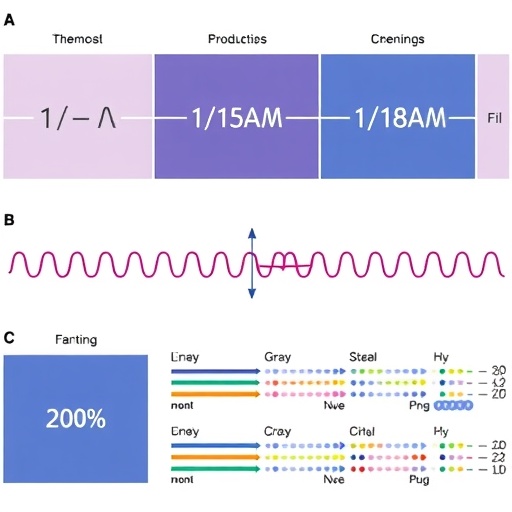Residents of Tasmania’s D’Entrecasteaux Channel Peninsula, Kingborough and Huon Valley communities are being hailed as the frontline heroes in the war against two deadly transmissible cancers affecting Tasmanian devils – Devil Facial Tumour Disease (DFTD) and Devil Facial Tumour 2 (DFT2).
New research from the University of Tasmania, published in the leading journal Evolutionary Applications, suggests that DFT2, which was discovered only five years ago, is currently confined to the Channel region.
Since 2014, 40 DFT2 tumours – as well as 51 DFTD cases – have been confirmed on the Channel peninsula and its surroundings.
Dr Rodrigo Hamede from the University of Tasmanian’s School of Natural Sciences said the cooperation and commitment of the community had been vital in identifying the geographic footprint of DFT2.
“Dozens of residents have opened their doors to our students and allowed us to conduct surveys on their properties,” Dr Hamede, who led the study, said.
“Likewise, many residents that have seen devil roadkills have called the Save the Tasmanian Devil Program and the University of Tasmania so that we can collect valuable information and samples.
“Without their support, we wouldn’t have been able to undertake this study.”
The new study, conducted in collaboration with institutions in Australia, USA, France and the UK, has now assessed the distribution, epidemiology and evolutionary interactions of both transmissible cancers.
DFT2 originated from a male devil, unlike DFTD, which originated from a female, and that might explain why DFT2 is affecting mostly males.
The current hypothesis suggests that females might be able to recognise Y-chromosome antigens and be less susceptible to DFT2 infection, but these patterns can change very quickly.
Both cancers are now competing for the same resource, and that resource is the devil, Dr Hamede said.
“This may explain why DFT2 tumours are found not just on the head as in DFTD, but also on the body, with non-facial tumours much more common in DFT2,” he said.
An international collaboration involving staff and postgraduate students from the University of Tasmania’s School of Natural Sciences and university researchers at Griffith University in Queensland, Washington State and Idaho in the United States has recently suggested that devils are adapting to the DFTD epidemic by becoming more tolerant or resistant to infection.
“This is good news for the devil and may explain why people are reporting seeing more devils around in the landscape than they have in the last 20 years,” said Associate Professor Menna Jones, a study co-author.
“Whether the resistance that devils are evolving to DFTD gives them immediate protection against this new cancer DFT2 is an important question to answer.”
Dr Hamede said DFT2 could represent a ‘game-changer’ for the evolutionary dynamics and adaptations observed over the last 25 years with DFTD.
“There is so much more we need to learn now. We need to double our efforts in monitoring DFT2 and evaluating its interactions with DFTD,” he said.
“While DFT2 seems to be currently confined to the Channel peninsula, it is very plausible it would spread north and affect populations outside the peninsula in the coming years.”
Transmissible cancers are known only to occur in domestic dogs, marine bivalves and Tasmanian devils.
So the fact that devils have been struck twice is no coincidence, according to Dr Hamede.
“Devils might be particularly prone to transmissible cancers, and somehow this could be good news for devils,” he said.
“If devils have had two transmissible cancers in just 25 years, then they may have been affected by these tumours several times during their evolutionary history.
“And if they are still here, fighting and learning how to live with cancer, then they may also know how to overcome these transmissible tumours.”
That devils are still here in the landscape after 25 years of DFTD is no surprise, says Associate Professor Jones.
###
Media Contact
Duncan Abey
[email protected]




